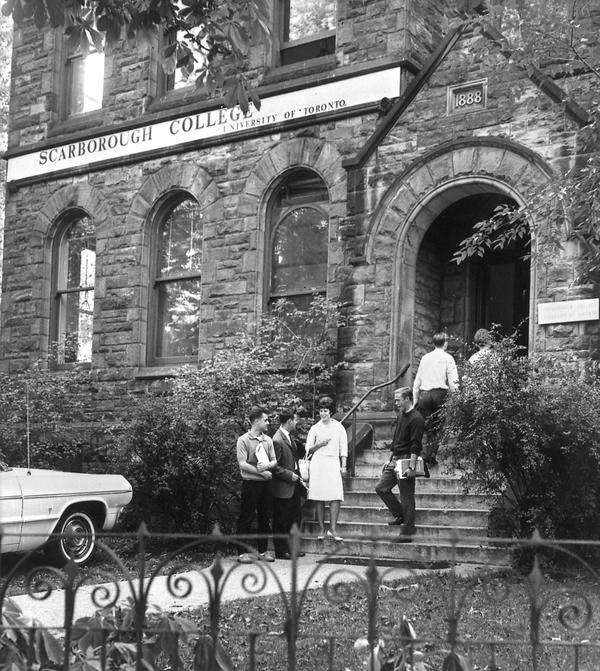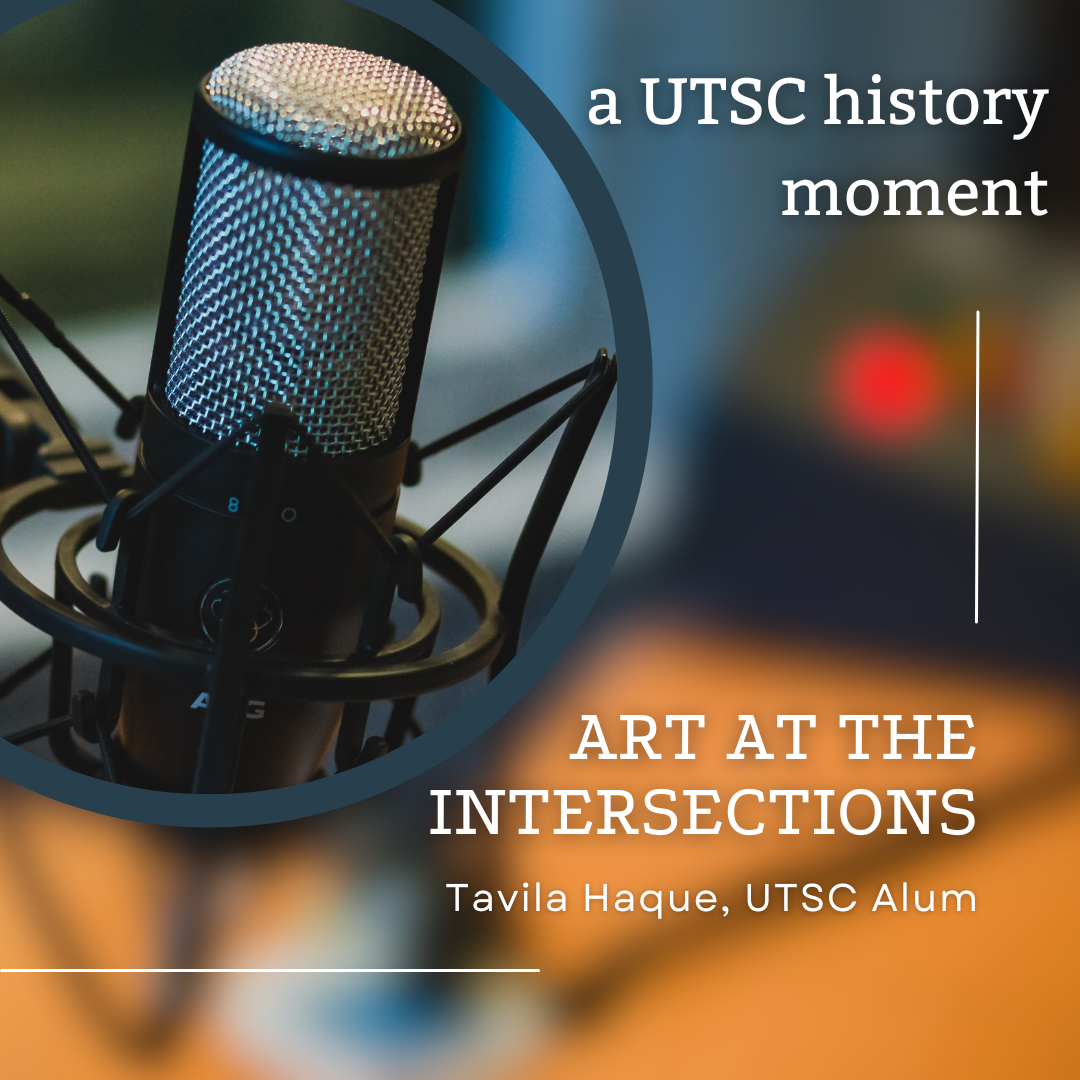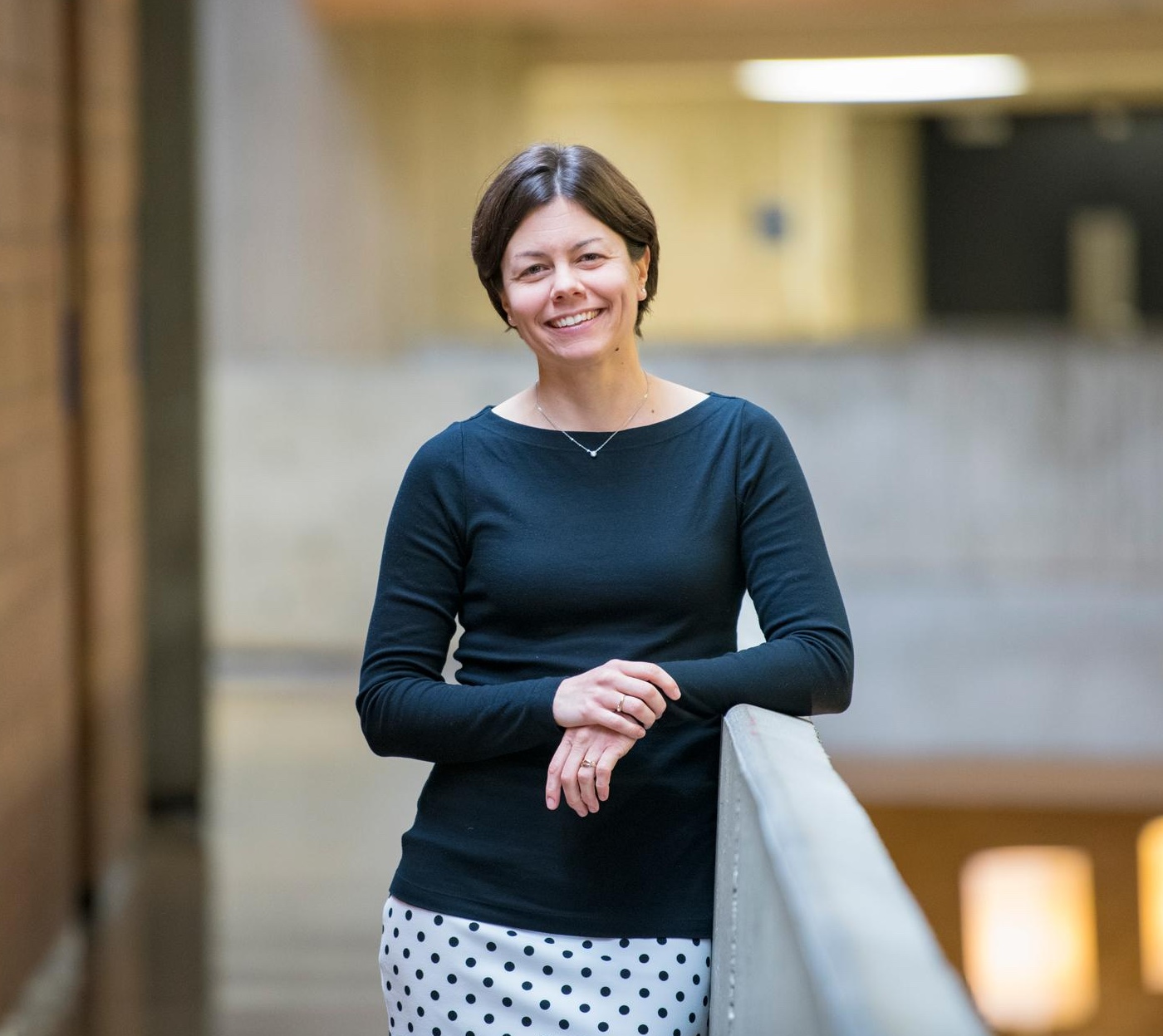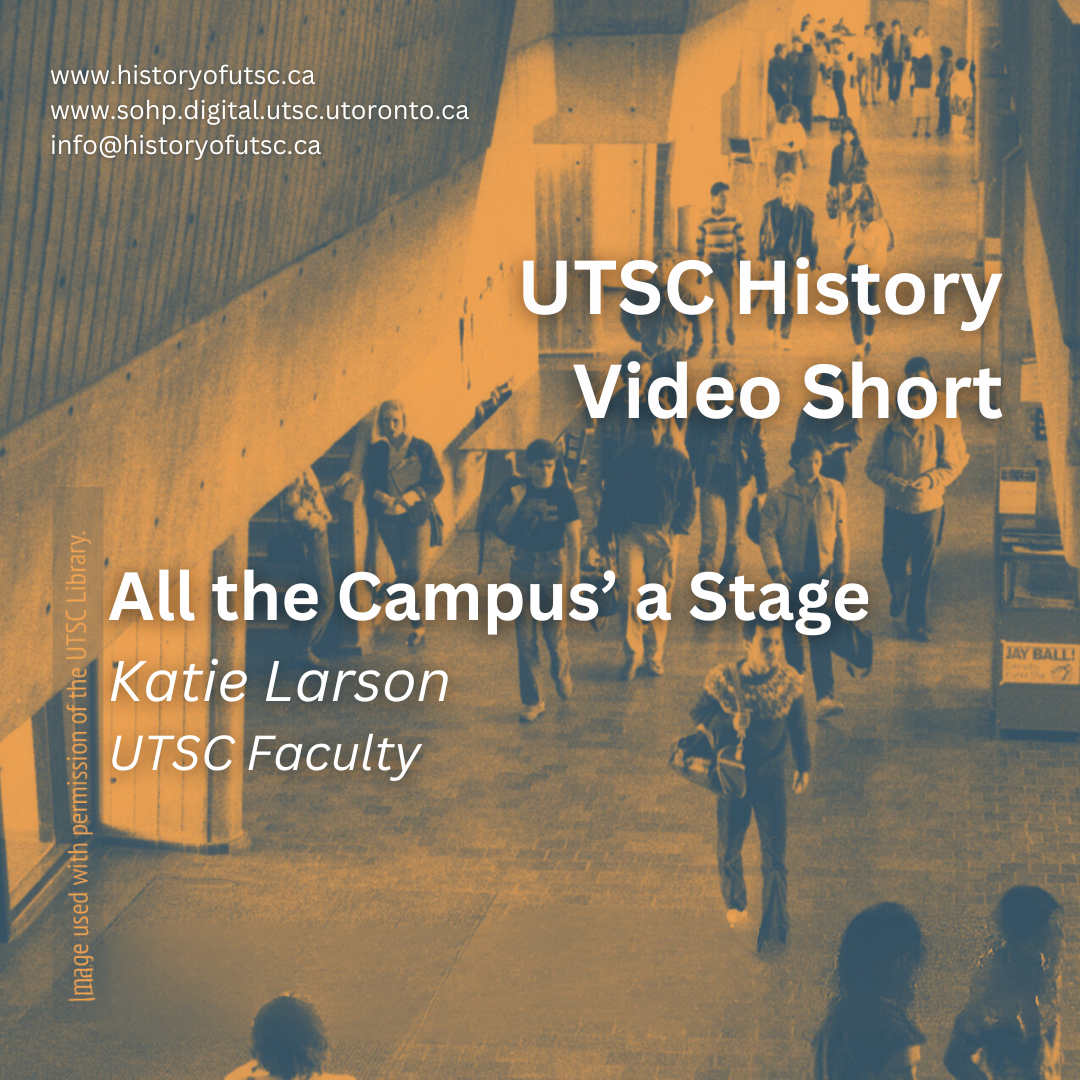Every August since 1998, Beloit College has produced “The Mindset List,” a description of the social and cultural context shaping the lives of the fall incoming first year university classes in the United States. Excerpts from the list published in 2015 for the incoming class of 2019 (named for the year you graduate): students were most likely born in 1997 and had “always [had] Google; Email, informal to previous Millennials, [had] emerged as “the new formal” for them, while texting and other social media serve as the wild and woolly mode of exchange. Teachers have had to work overtime encouraging them to move beyond the Web and consult sources in books and journals. And Poland has always been a member of NATO, suggesting that Mr. Putin’s heartburn about Western expansion is at least as old as the new college kids are.” What might “The Mindset List” have looked like for 1964 and the first incoming class at Scarborough College (now known as UTSC)?
Incoming students of 1968 would have been born in 1946, give or take a year, at the end of WWII and the very beginning of the Cold War. They would have come of age watching the black and white evening news at 6pm on television reporting on the conflicts in Vietnam and the Middle East; the growing political and social unrest that accompanied the Civil Rights and anti-Vietnam War Movements, the assassinations of President John F. Kennedy, Robert Kennedy and Martin Luther King Jr. in the United States, the rise of political tensions and separatism in Quebec, and the growth of student movements around the globe.
In Toronto in the 1960s, according to the Toronto Star, the area known as Yorkville at Bay and Bloor was known for its “explosion of youthful literary and musical talent … appearing on small stages in smoky coffee houses, next to edgy art galleries and funky fashion boutiques offering hippie garb, blow-up chairs, black light posters and hookah pipes, all housed in shabby Victorian row houses.” Yorkdale Shopping Centre opened in 1964 – the largest enclosed shopping mall in the world at the time. The Toronto subway system, the first underground subway in Canada, opened in 1954 with the Yonge line running between Union Station and Eglinton Avenue, while the Bloor Danforth line opened in 1966. In 1965, the suburbs of Scarborough extended from the lakeshore on the south, to Victoria Park on the west side, Ellesmere to the north (with some development north to Finch between Victoria Park and Brimley), and to Morningside on the east (with some development as far as Port Union).
According to Statistics Canada, in 1960, average personal income was $1,672 per year. Milk cost 24 cents per quart and it cost 55 cents to purchase a dozen eggs. According to Billboard, the top four songs were “I Want to Hold Your Hand” and “She Loves You” by The Beatles; “Hello Dolly” by Louis Armstrong; and “Oh, Pretty Woman” by Roy Orbison. The top three highest grossing films for 1964 were The Carpetbaggers, It’s a Mad, Mad, Mad, Mad World, and The Unsinkable Molly Brown. The Beatles and the Rolling Stones made their first appearances on the Ed Sullivan Show. Popular TV shows Bewitched, The Addam’s Family, Flipper, and The Man from U.N.C.L.E. had their premieres. Sidney Poitier became the first Black actor to win the Academy Award for Best Actor.
These incoming students in 1964 would have learned cursive writing and good penmanship in elementary school – handwritten letters were still the custom. To find information one had to physically go to the library and speak with a reference librarian, explore encyclopedias, and manually search the old card catalogues. Portable record players and vinyl discs, transistor radios and portable typewriters would be standard equipment for playing music and producing essays and reports for class. Screen learning had a whole different meaning for the incoming class of 68’. The college itself was equipped to deliver instruction via television. This innovative approach was an attempt to solve a teaching faculty shortage by providing pre-recorded and live lectures on television screens to students in the classroom filmed in our very own TV studio where the LLBT theatre now resides. You can still see the remnants of that system in the lower-level classrooms in the S Wing. This innovation did not last long, students found it less than satisfactory and the cost proved prohibitive.
As the incoming classes of 2024 and 2025 (2020 and 2021) at UTSC witnessed, our continued use of new forms of technology in teaching provided the foundation for something called “the remote guarantee” – all classes moving to online delivery with limited in-person options during the COVID-19 pandemic. We’ve come a long way since that early experience with screen learning in the classroom – or have we?






